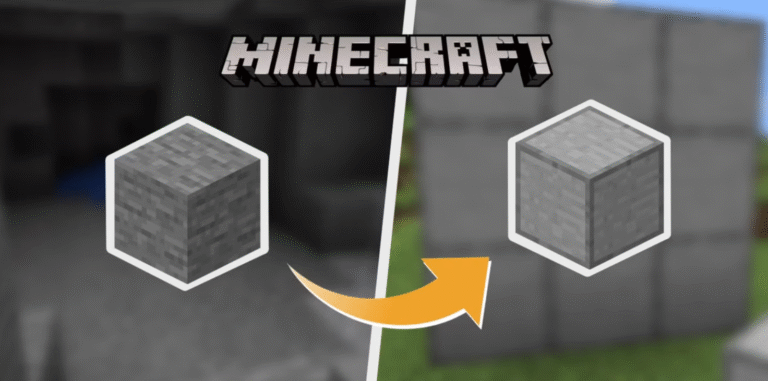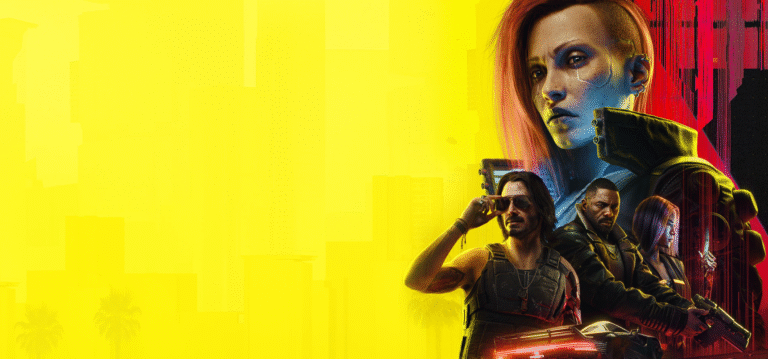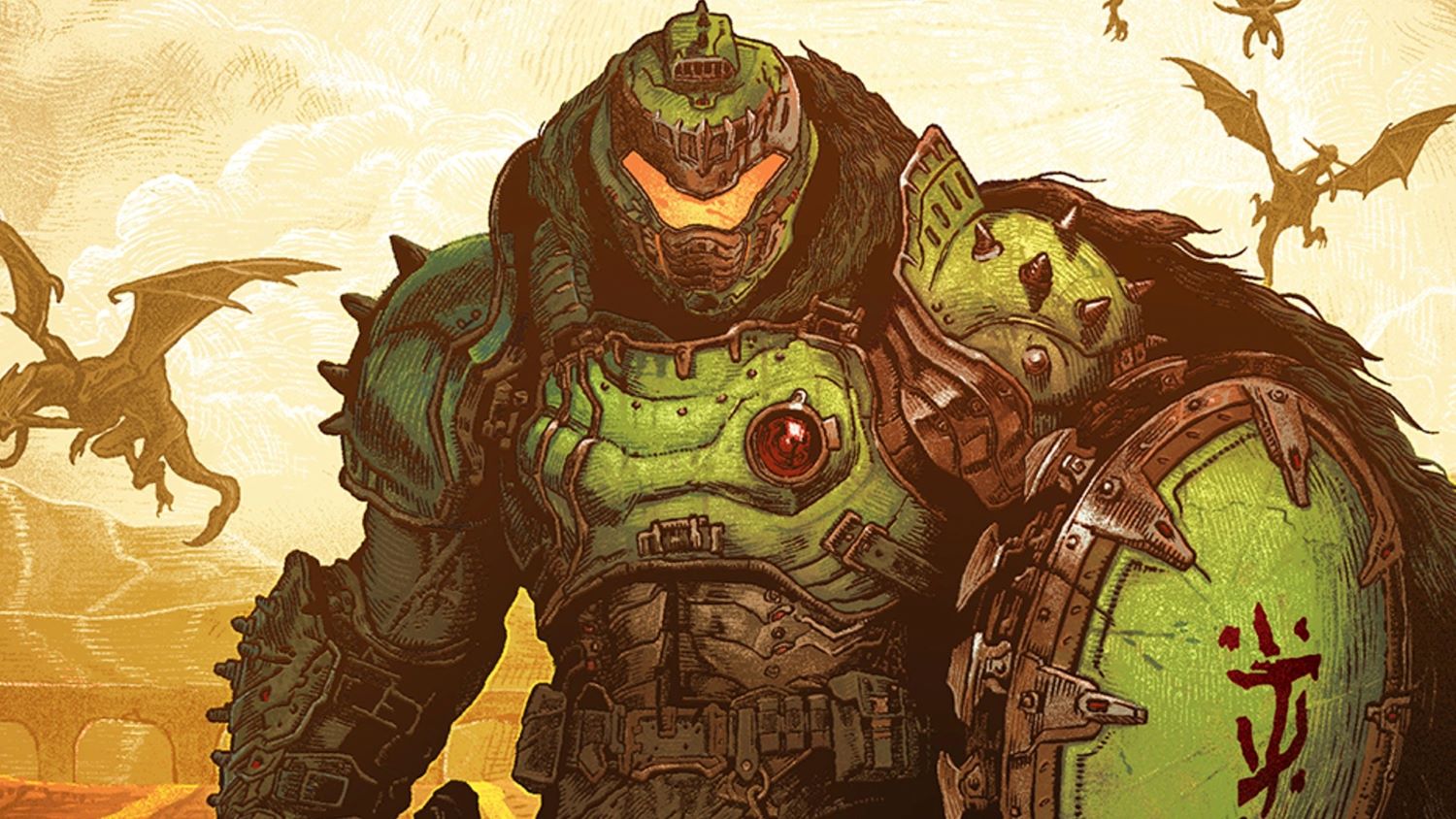
With Doom: The Dark Ages, id Software takes a bold step back in time—both in setting and style—while keeping the series’ signature brutality and intensity intact. Trading futuristic space stations and hellish Mars colonies for a grim medieval backdrop, this latest entry reimagines the Doom Slayer not as a space marine, but as a mythic warrior battling demonic hordes with archaic firepower and brutal melee.
In this review, we’ll dive into how The Dark Ages reshapes the Doom formula, examining its gameplay, visuals, tone, and whether this dark, gritty reboot delivers the same adrenaline-fueled chaos fans have come to expect.
When was the game created?
Doom: The Dark Ages was officially released on May 15, 2025, for PlayStation 5, Xbox Series X/S, and Windows PC, with early access granted on May 13 for Premium and Collector’s Edition owners. As a prequel to Doom (2016) and Doom Eternal, it transports players to a medieval-inspired world, reimagining the Doom Slayer as a mythic warrior in a dark, ancient setting. The game features a new combat system centered around a shield-saw and parry mechanics, offering a heavier, more methodical alternative to the fast-paced action of previous entries.
Development began shortly after the release of Doom Eternal’s final DLC, The Ancient Gods, in 2021. Full production was underway by August 2022, with id Software shifting focus toward reinventing the franchise’s tone and gameplay. The game was officially revealed during the Xbox Developer Direct in June 2024, building anticipation with its dramatic shift in style and mechanics. The Dark Ages marks a bold evolution for the franchise, both in gameplay and storytelling, blending medieval fantasy with Doom’s trademark brutality.
Story and Setting – A Medieval Origin Tale
Dark Ages serves as a mythic origin for the Doom Slayer. Set during a medieval war in Argent D’Nur, the game reveals he was once a revered warrior weaponized by the Maykrs to combat demons, before being “loaned” to humans
The campaign spans about 10 hours across 22 chapters and 22 maps
The plot, however, is often described as disjointed—a mix of alien, demonic, and medieval threads that struggle to cohere
Ultimately, while lore-heads may enjoy glimpses into Slayer history, the narrative primarily serves as a backdrop to justify the new medieval setting and tools rather than stand on its own.
Combat Overhaul – From Agility to Authority
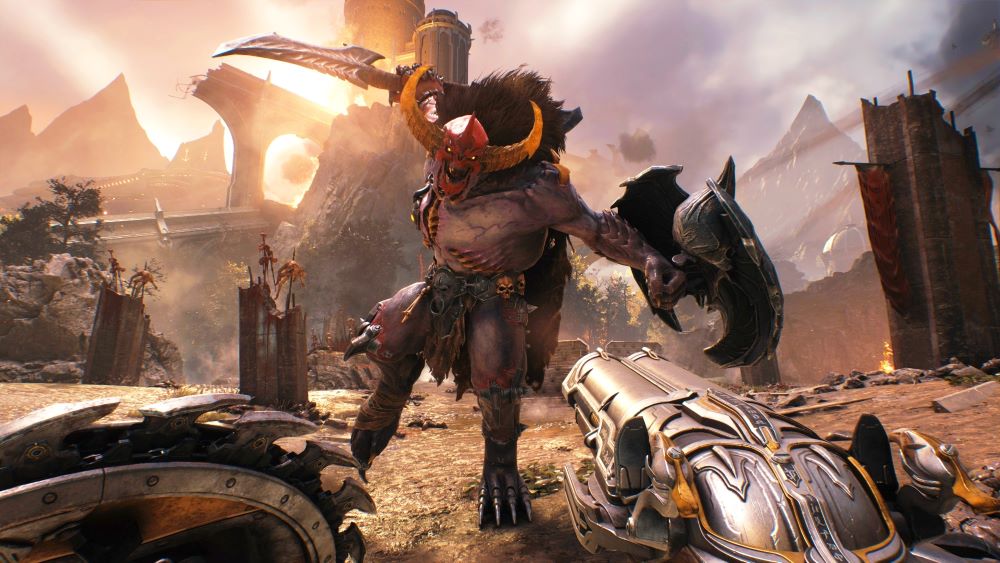
The heart of Dark Ages lies in its radically transformed combat, which shifts the tempo from the hyper-mobile assault of Eternal to a heavy, parry- and shield-sawed experience.
The Shield Saw & Parry System
A permanent right-click parry tied to the new Shield Saw—a melee shield with a chainsaw edge—reinvents combat pacing
PC Gamer called it “indulgent and deliciously violent, but surprisingly safe,” and emphasized that it crafted a sharper zag from the trilogy’s established formula.
Firearms Reimagined
Classic Doom guns return but feel slower, less impactful, reinforcing parry-and-saw as the primary path.
Some players criticized the shift, with one Steam user calling it “guns … so garbage that the ONLY effective way to deal… is with the shield or punch.”
New Tools & Weapons
The campaign introduces a rail-spike launcher (“bone-shooting gun”) and the mighty Skull Crusher
Such weapons, while powerful, often feel like secondary tools to the Shield Saw’s prominence.
Exploration & Level Design
Dark Ages features larger, sprawling levels across diverse medieval locales—forests, dungeons, cathedrals. But does scale enhance the experience?
Reviewers praised the thematic variety and atmospheric richness
Yet, pacing suffered: some levels felt “baggy”, charitying too much empty space between combat encounters
While secret hunting, collectibles, and optional combat were enjoyable for some, others found exploration dragging.
High Concepts: Mechs & Dragons
To broaden their medieval palette, id Software introduced two unique gameplay segments:
Mech Combat
The Atlan mech lets you stomp through battle with heavy firepower.
PC Gamer found it built a fun moment of novelty, though felt sluggish compared to ground combat
Dragon Sequences
A lightning-tinged, neon dragon sequence offers inspirational spectacle—until tedium set in with dodge-to-charge mechanics and light turret shooting
These setpieces aimed for variety—and succeeded visually—but critics argue they lacked the depth and adrenaline of core parry gameplay, feeling like superficial detours at best
Audio Visuals & Performance
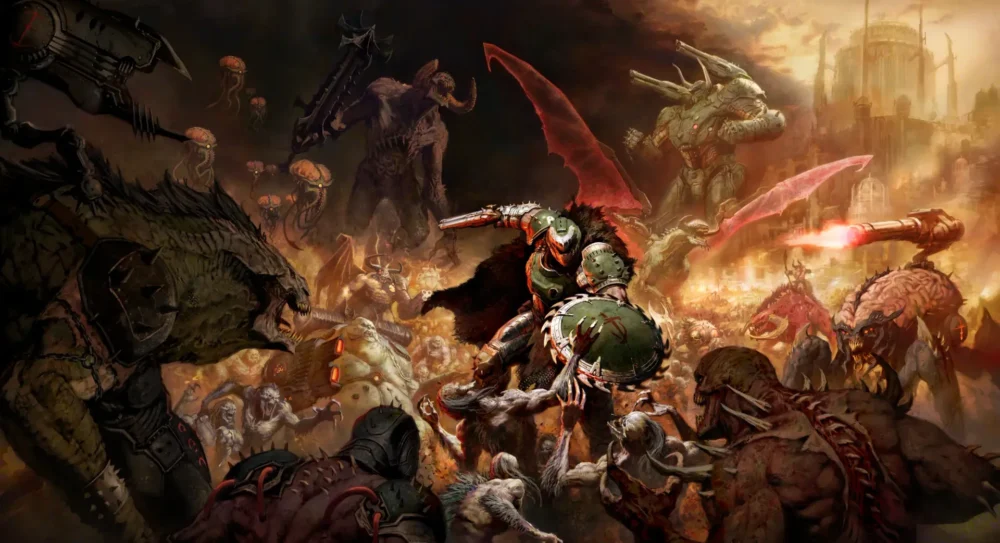
Engine: id Tech 8, powered by Vulkan, featuring ray tracing and optional path-tracing
Visuals: Gothic backdrops and high-fidelity character models deliver striking aesthetics.
Performance: Benchmarkers report smooth gameplay, solid frame rates, and optimized PC performance
Sound Design: Atmospheric, haunting, and dynamic—true to Doom’s tradition.
Difficulty & Balance
At launch, slayers found Dark Ages less punishing than past Doom titles.
In response, id Software released a patch (late May/early June) sharpening Nightmare difficulty—boosted enemy damage, reduced pickups, stricter parries
The patch reflects developer responsiveness to player feedback, restoring the balance future Doom fans expect.
Reception & Sales
Critics & Aggregators
Metacritic calls it a testament that “id Software still knows how to refine the gems…Demons still deserve nothing but hot lead!”
OpenCritic: 96% recommendation across critics
Notable Scores & Praise
PlayStation Universe: 9.5/10—“nonstop, adrenaline-fuelled thrill ride”
Digital Spy: 4/5—praising constant combat momentum via the Shield Saw
Kotaku: lauded as “brilliant, bloody, and hyper-aggressive remix…works in more ways than it doesn’t”
Where It Fits in the Doom Trilogy
2016 Doom: Rebooted the franchise, prioritizing fast-paced movement and visceral gunplay.
Doom Eternal: Expanded mobility and depth, delivering breakneck, combo-based combat.
Doom: The Dark Ages: Rebrands the Slayer as an anchored powerhouse, focused on measured offense and anchored defense—a testament to the franchise’s versatility.
Pros & Cons
Pros
Revolutionary Shield Saw & combat focus
Gorgeous visuals, stellar sound, and stable performance
Developer responsiveness to balance
High replayability with secrets and difficulty modes
Cons
Pistols and classics feel underused
Levels feel bloated; filler in Mech and dragon stages
Storytelling is fragmented and lore-light
Some long-time fans miss glory kills and blistering speed
Doom: The Dark Ages is a bold reimagining of a legendary franchise—one that trades speed for power, precision for brutality, and sci-fi futurism for medieval dread. It’s not just a new coat of paint; it’s a fundamental shift in how Doom plays and feels. The Shield Saw and parry mechanics redefine combat, offering a slower, heavier, but no less satisfying experience. While some long-time fans may miss the lightning-fast movement and glory kill spectacle of Doom Eternal, others will find a refreshing depth in the deliberate, punishing rhythm of battle.
Yes, not every gamble pays off—the pacing drags at times, and some of the set pieces feel like missed opportunities—but the game’s commitment to a unique vision earns respect. It’s a reminder that Doom is not afraid to evolve, to take risks, and to tear down its own playbook in pursuit of something different.
Doom: The Dark Ages may not be the most refined entry in the series, but it’s certainly one of the most daring—and that alone makes it worth experiencing. Whether you’re a returning Slayer or a newcomer drawn by the dark fantasy setting, this is a journey into hell you won’t soon forget.



